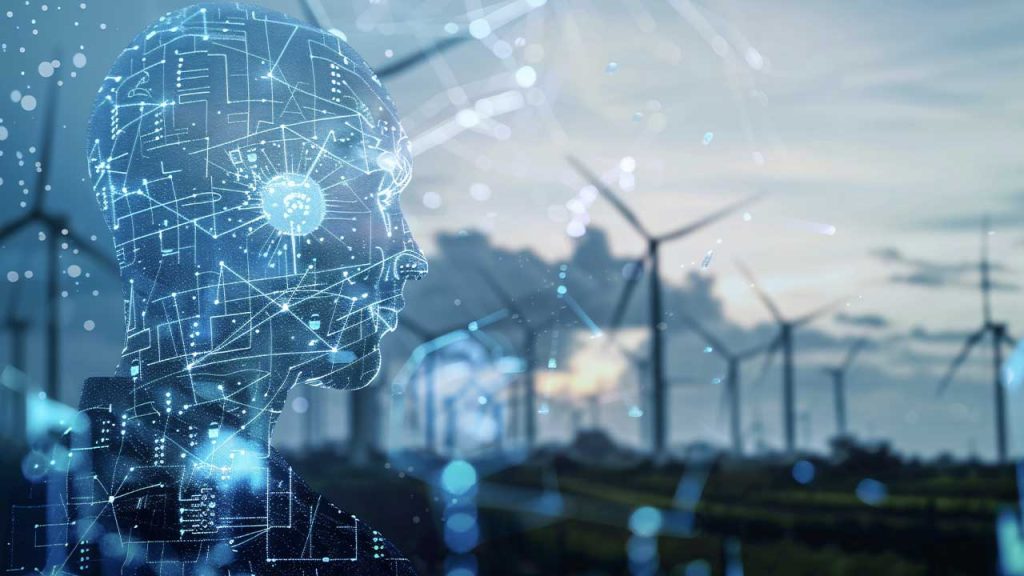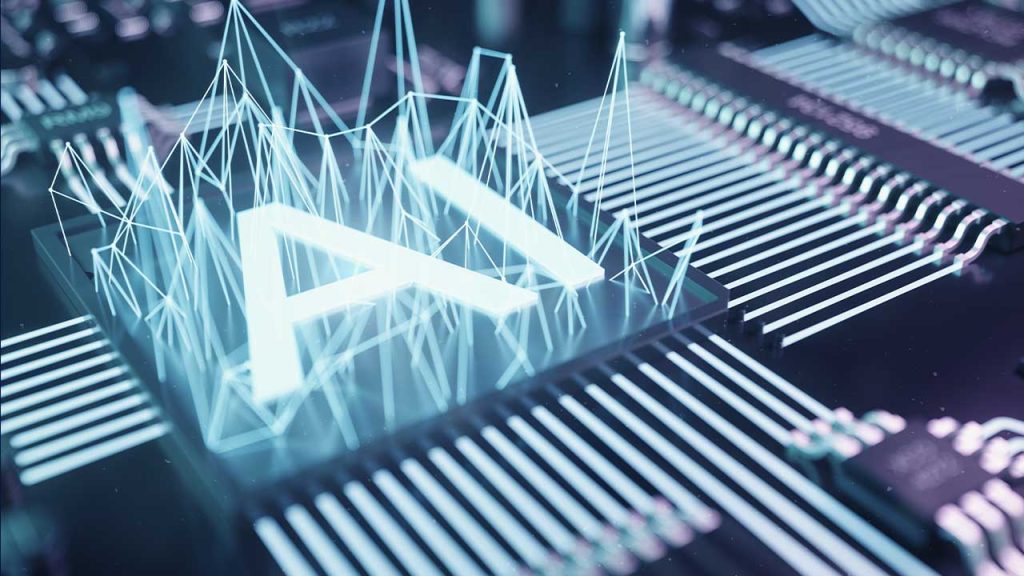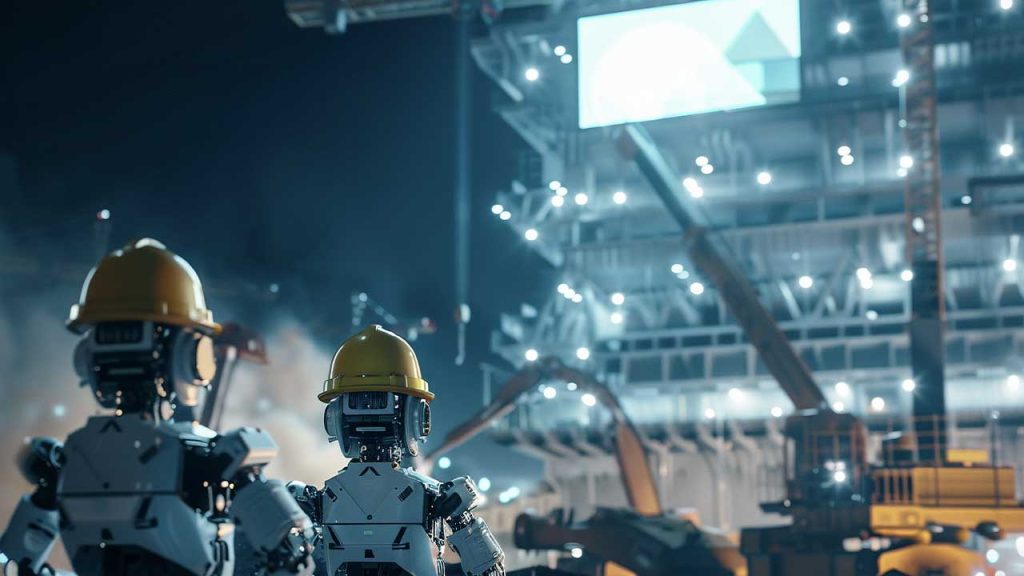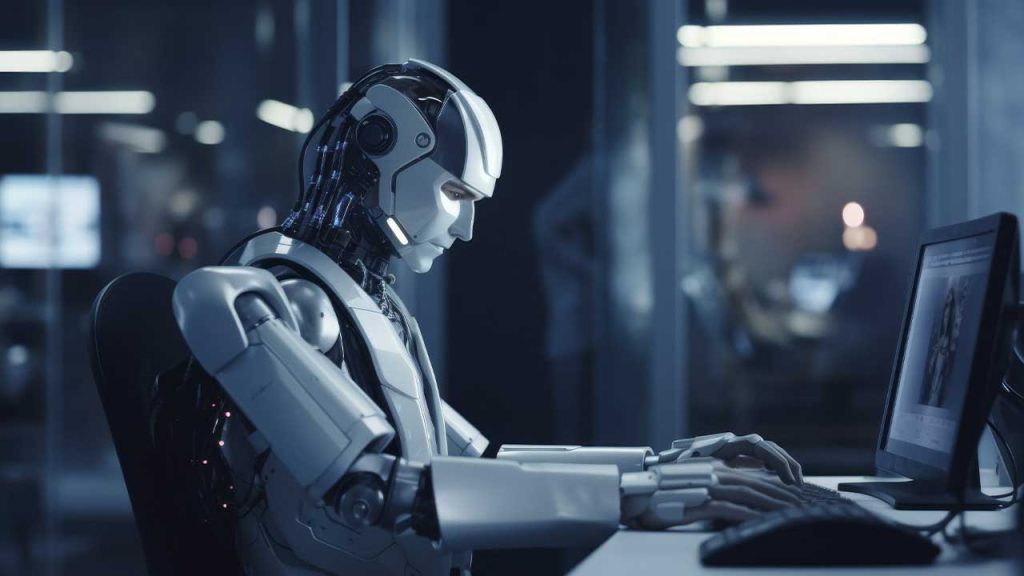AI in Energy Is Growing Up: From Analytics to Real Operations
For years, AI in energy meant better dashboards, faster analytics, and smarter reports. Useful — but limited.
Now, something more important is happening: AI is moving from describing what happened to deciding what to do next.
This shift is already reshaping how operators, engineers, and managers run critical energy systems. It’s not hype — it’s a practical response to an operational challenge: energy environments are too complex, too fast, and too interconnected for humans alone to manage in real time.
Why This Matters to Operators and Engineers
Modern energy systems — from drilling rigs to power grids — change every second.
Each asset produces dozens or even hundreds of data streams: pressure, temperature, flow rate, vibration, chemistry, weather conditions, and more.
No human team can interpret all that in real time.
AI can.
The new generation of industrial AI builds “living digital models” — continuously learning systems that understand the current state of operations, forecast what’s likely to happen next, and recommend actions before problems occur.
That means:
- Detecting equipment fatigue hours before failure
- Adjusting production flows automatically to stabilize output
- Predicting energy demand shifts before grid instability hits
For end users, this is not about replacing people — it’s about reducing surprises, improving uptime, and giving teams a clear view of what matters most.
AI That Thinks in Context
The real breakthrough isn’t faster computing — it’s context awareness.
Legacy analytics could flag anomalies, but couldn’t explain why they mattered.
Now, AI systems can link one anomaly to the bigger picture:
- A vibration spike isn’t just a sensor glitch — it’s an early signal of pump imbalance.
- A temperature drift isn’t noise — it’s a sign of scaling or flow deviation.
By understanding context, AI turns thousands of scattered data points into a clear operational narrative.
This helps engineers move from reactive maintenance to proactive optimization.
Why Trust Is the New KPI
One of the most overlooked challenges in industrial AI is silent failure.
Unlike mechanical systems, AI doesn’t break visibly — it can drift or misinterpret data without alerting anyone.
That’s why transparency and governance have become essential design principles.
Modern AI systems are being built to explain themselves — showing not just a recommendation, but the reasoning behind it.
This clarity is what keeps operators in control and ensures that automation supports, rather than replaces, human judgment.
For teams in the field, this means safer operations, better collaboration between control rooms and engineers, and confidence that AI is working with them, not around them.
Digital Twins That Can Learn
A major step forward comes from connecting digital twins (virtual replicas of assets) with AI reasoning models.
Instead of simply mirroring the system, these twins now simulate what could happen next — running “what-if” analyses and suggesting the best corrective action.
When a turbine deviates from expected performance, for instance, the AI twin can test different control scenarios, evaluate outcomes, and send an alert before human operators notice a problem.
This means fewer unplanned shutdowns, less downtime, and a stronger safety margin — all key metrics for industrial performance.
Small, Domain-Specific AI Models = Big Results
While most of the tech world races to build massive general-purpose AI models, energy companies are proving that smaller, domain-trained systems can deliver faster ROI.
These models don’t need to understand everything — just the physics, chemistry, and operations of energy systems.
They run on local data, integrate with existing control systems, and can even operate at the edge, close to the asset.
The result: higher resilience, lower latency, and easier scaling across plants, rigs, or grids.
Moving Beyond Demos: Real Deployment at Scale
A recurring theme across the sector is “pilot fatigue.”
Many organizations have experimented with AI, but few have deployed it in live operations.
That’s changing — and it’s where real value will come from.
The next frontier is field integration: systems that run autonomously in remote environments, communicate across assets, and improve with every data cycle.
For end users, this translates into fewer manual interventions, safer operations, and measurable productivity gains.
What Comes Next
As AI matures, it’s likely to disappear from view — embedded deep in operational systems, just like electricity or networking.
We won’t talk about “AI-driven maintenance” or “AI forecasting.”
We’ll just call it operations.
That’s the real destination of industrial intelligence: invisible, reliable, and indispensable.
Source: Interview with Simon Williams, Chief AI Officer at ATELIC, on the CXO Series by IIoT World (October 2025).
Related articles:



